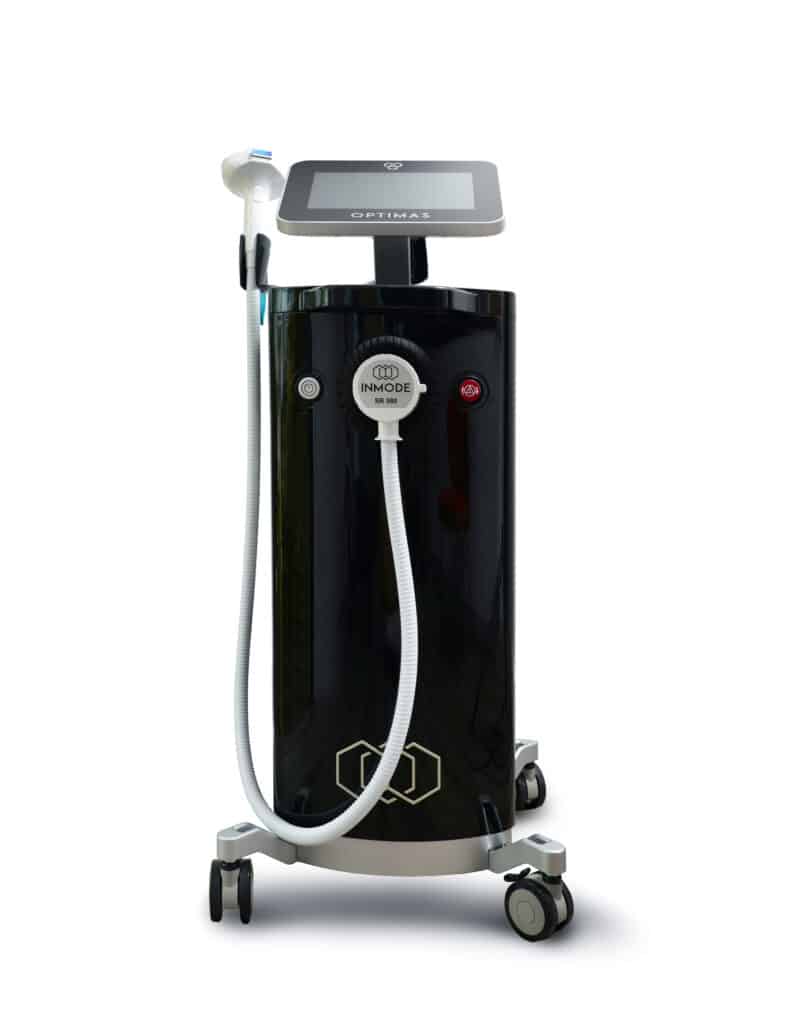Dry Eye Syndrome Treatment at Ginsberg Eye
Dry eye syndrome can significantly impact your daily life, causing discomfort, irritation, and vision issues that interfere with your well-being. Some common lifestyle impacts include difficulty wearing contact lenses, sensitivity to light, and persistent eye fatigue. If you are concerned about dry eye syndrome and are looking for treatment options, consider Ginsberg Eye.
Our team offers several advanced treatments, including Lumecca IPL, to help relieve symptoms and improve your eye health.
What is Dry Eye Syndrome?
Dry eye syndrome occurs when the eyes do not produce enough tears or when the tears evaporate too quickly, leading to irritation, redness, and discomfort. Environmental and health factors can worsen this condition.
Factors that Contribute to Dry Eye Syndrome
- Age and hormonal changes
- Prolonged screen time and reduced blinking
- Environmental factors such as wind, dry air, allergens and Red Tide
Dry Eye Video
Learn more about dry eye by watching our video today.
Lumecca IPL for Dry Eye Treatment
Lumecca IPL (Intense Pulsed Light) is a non-invasive and highly effective treatment that uses light pulses to heat and stimulate the Meibomian glands to treat dry eye.
This cutting-edge treatment targets the root causes of dry eye syndrome and provides aesthetic benefits. The advanced light therapy reduces inflammation, improves tear quality, and helps restore eye comfort.

The Lumecca IPL Treatment Process for Dry Eye
A member of our staff will prepare the patient for the treatment session. The patient is provided with protective eyewear to shield their eyes from the intense light pulses. A cooling gel is then applied to the skin surrounding the eyes to enhance comfort during the treatment.
Once prepared, our provider will use the Lumecca IPL device which emits a series of light pulses directed at the skin around the eyelids. These pulses are absorbed by the blood vessels and pigments, helping to reduce inflammation and restore the function of the glands responsible for producing tears.
After the session, patients can immediately return to their normal activities. While some may experience mild redness in the treated area, this fades within a few hours, allowing for a smooth and comfortable recovery process.
The Benefits of Lumecca IPL for Dry Eye
- Reduces inflammation: The heat generated by Lumecca IPL reduces inflammation around eyelids and the surface of the eye.
- Improves tear stability: By restoring the function of the Meibomian glands, Lumecca IPL promotes better stability, reducing evaporation and providing longer-lasting relief from dry eye symptoms.
- Safe and effective, in-office procedure which typically lasts 20 minutes
- Tailored treatment to your specific needs
- Bonus aesthetic benefits, including decreased redness, sunspots, and hyperpigmentation
Additional Treatments for Dry Eye at Ginsberg Eye
In addition to Lumecca IPL, Ginsberg Eye offers several other treatment options for dry eye relief. Our specialists will help determine the best approach for your needs.
Treatment Options
- Artificial tears
- Preservative-free artificial tears
- Nighttime eye gels
- The lid and eye hygiene techniques
- Topical steroids
- Oral steroids
- Autologous serum eye drops
- PRP derived dry eye drops
- Cyclosporine eye drops
- Specially compounded eye drops specific to your condition
- Punctal occlusion therapy
- Bloodwork to diagnose underlying conditions
- Long-acting tear reservoir therapy
- Meibomian gland therapy
- Ocular surface surgery to reconstruct the normal tear pathway anatomy
- Amniotic membrane graft therapy (Prokera ©)
Why Choose Ginsberg Eye Ophthalmology?
With a commitment to patient care and advanced treatment options, Ginsberg Eye is a trusted provider of dry eye solutions. Our team is dedicated to offering personalized treatment plans to help you achieve long-term relief and better eye health. Schedule your consultation today at any of our convenient office locations in Naples and Estero, Florida, to explore your treatment options and find lasting relief from dry eye symptoms.





